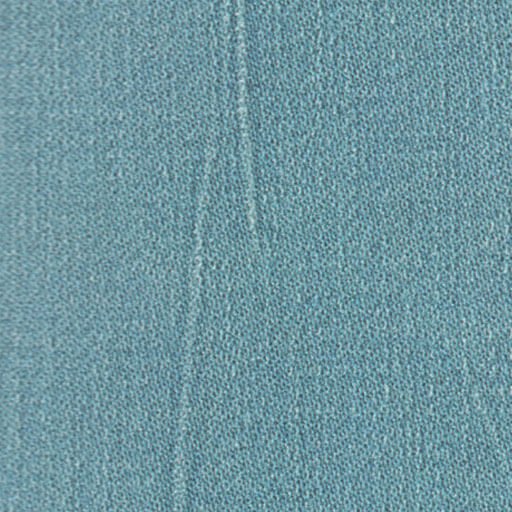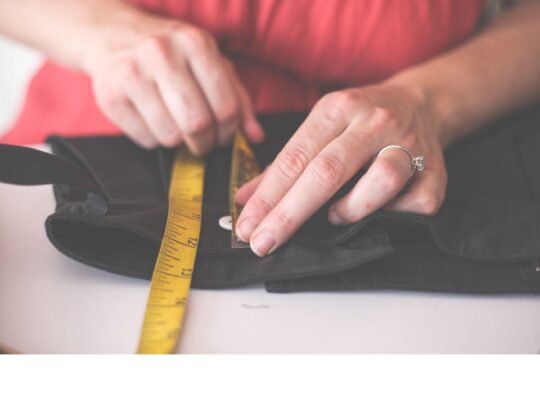Specific types of flaws can be found and fixed at each level of the production process. Knowing these phases will enable you to determine the extent of the problems in the garments and how to improve the final product’s quality.
By understanding these stages, you’ll know what type of flaws to look out for in your garments and how you might prevent them from occurring again.
Identify the 5 Manufacturing Stages

It’s important to know the different stages and defects that occur during the manufacturing process of a garment. There are five main stages of production: Inspection, Cutting, Stitching, Finishing, and Packaging.
Knowing the ins and outs of garment manufacture is the key step in finding that perfect suit, and understanding how these processes add value to fabric and clothes helps you decide where to focus your efforts. When making a product, it is essential to comprehend the quality procedures.
Identify Garment Defects
Garment defects are often overlooked when the garment has been manufactured, or the defect is so small that it is not visible. Garment defects range from unseen pinholes, loose stitches, misplaced tags, stains, and wrinkles to pocket-lining splitting and holes in pockets and collars.

The 5 types of garment defects are:
- Sewing defects: These are defects that are caused by improper stitching techniques, thread tension, needle damage, or seam slippage. Some examples of sewing defects are open seams, wrong stitch type, skipped stitches, raw edges, broken buttons, and needle holes.
- Colour defects: These are defects that are caused by inconsistent dyeing, printing, fading, bleeding, or staining of the fabric or the accessories. Some examples of colour defects are colour variation, colour spots, colour migration, and colour mismatch.
- Sizing defects: These are defects that are caused by inaccurate measurement, grading, or marking of the garment parts. Some examples of sizing defects are incorrect size labels, uneven parts, distorted shapes, and wrong fit.
- Fabric defects: These flaws result from either the fabric’s natural quality or from handling or processing damage. Some examples of fabric defects are holes, tears, snags, runs, pilling, and shading.
- Finishing defects: These are defects that are caused by improper pressing, trimming, or packing of the garment. Some examples of finishing defects are wrinkles, creases, loose threads, missing labels, and mould.
Our final consumer desires a high-quality product so ensure that your clothes are assembled correctly and adhere to a precise timeline. It earns the client’s trustworthiness.

Contents :
- Cutting Defects
- Sewing Defects
- Assembly Defects
- Pressing Defects
- Packing Defects
- Defect Classification
- Major or Minor




